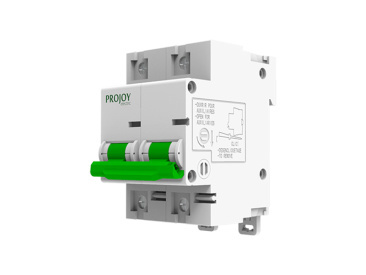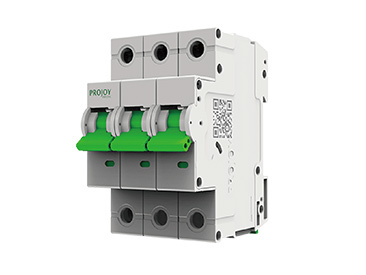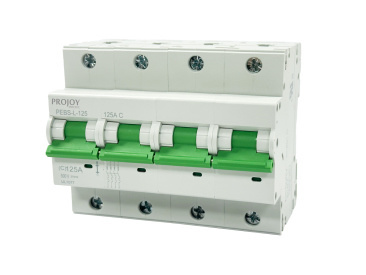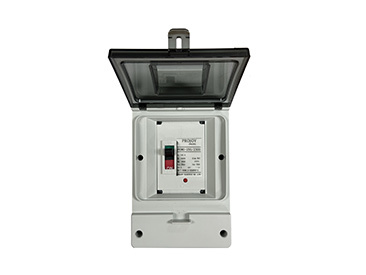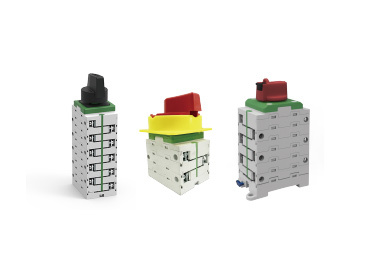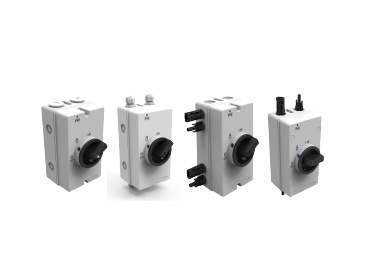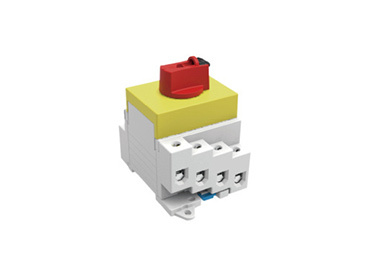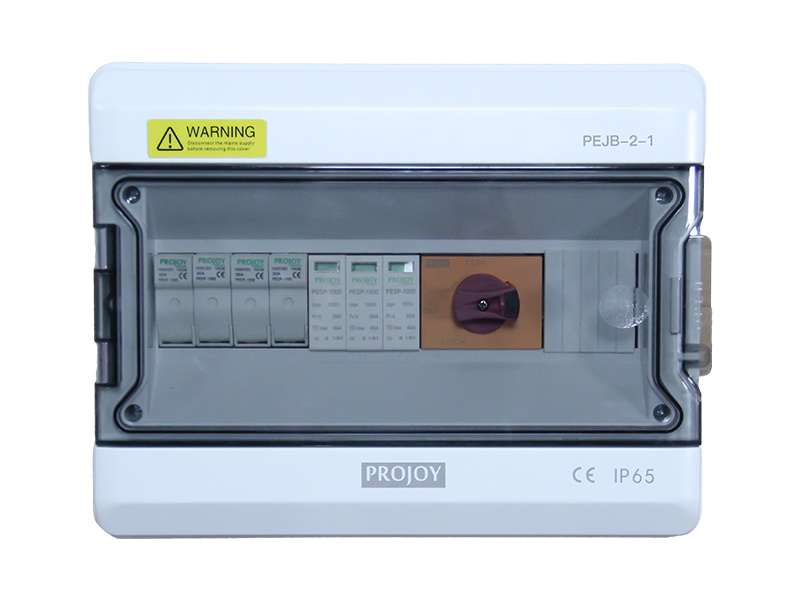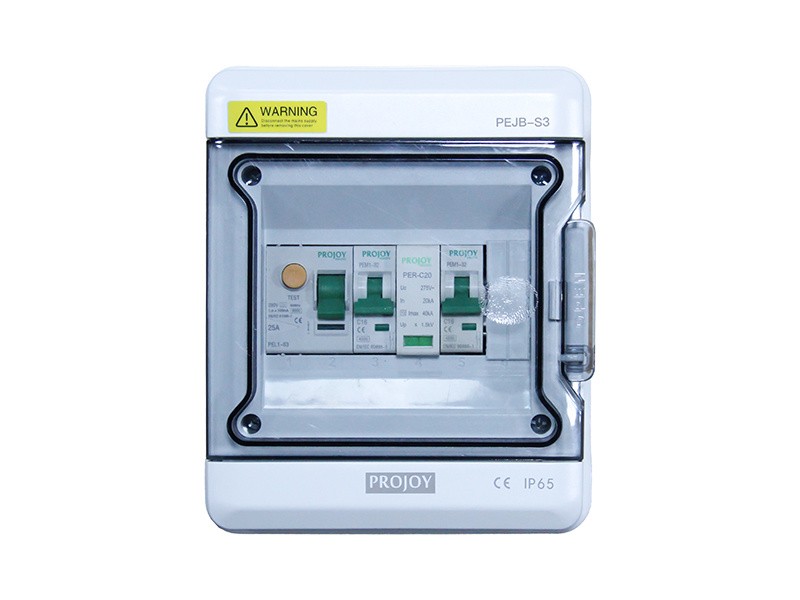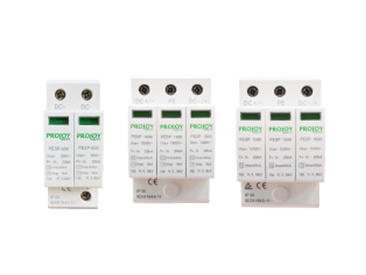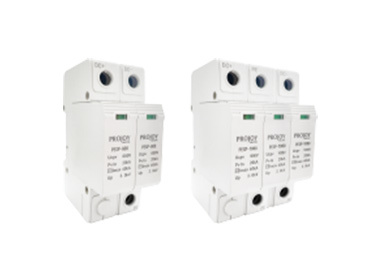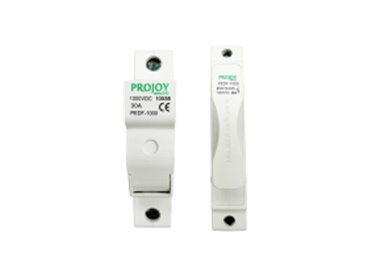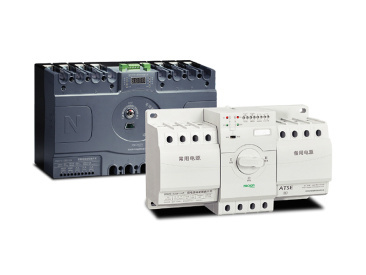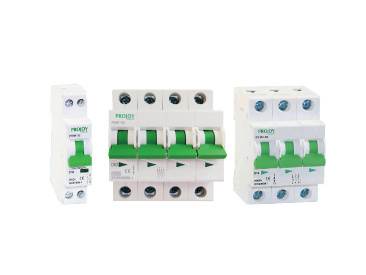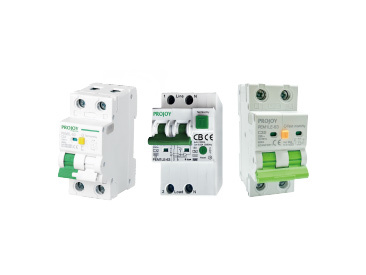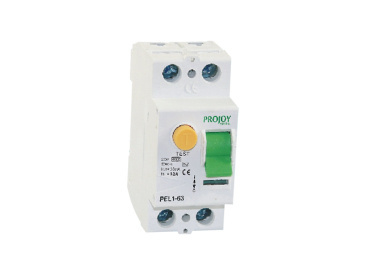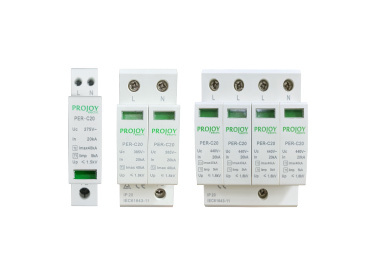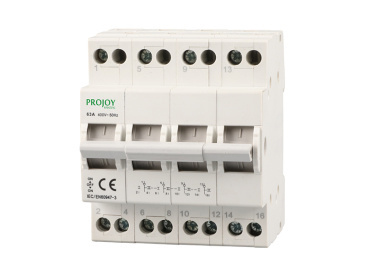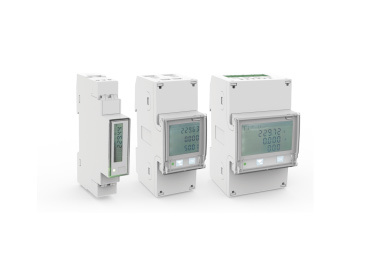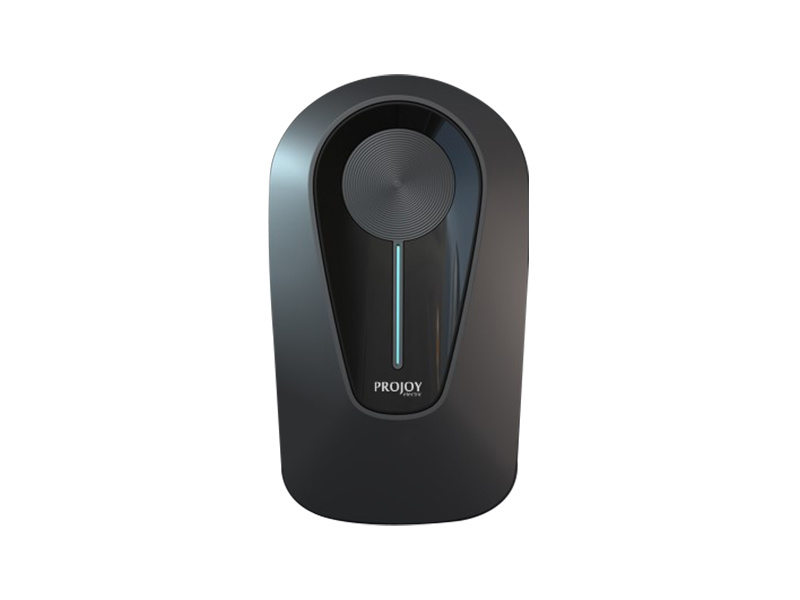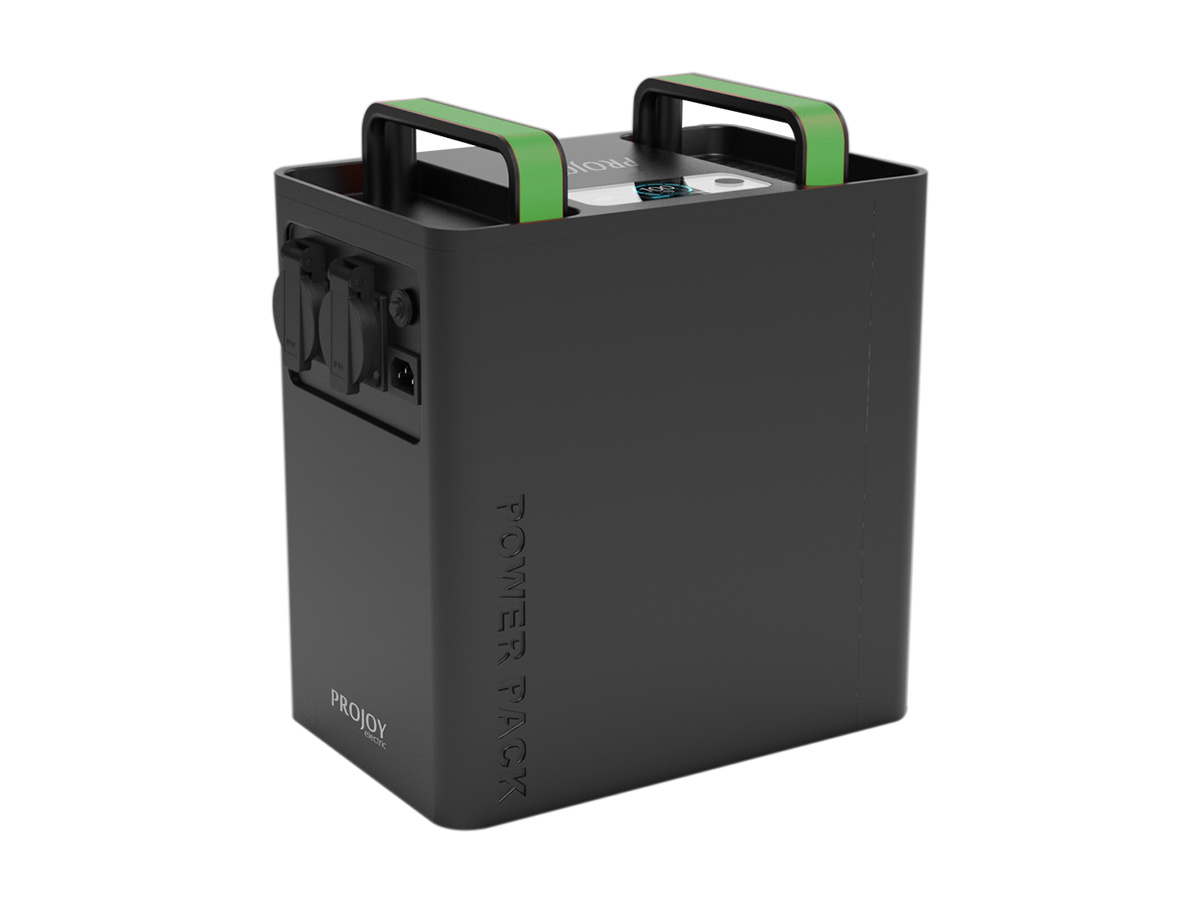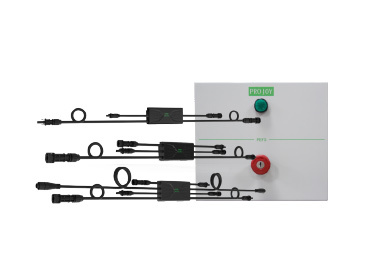Exploring the Technical Aspects of Rapid Shutdown Devices in the Construction and Decorative Materials Industry
Exploring the Technical Aspects of Rapid Shutdown Devices
Table of Contents
- 1. Introduction to Rapid Shutdown Devices
- 2. Importance of Rapid Shutdown Devices in Solar Energy
- 3. How Rapid Shutdown Devices Work
- 4. Key Features and Technologies of Rapid Shutdown Devices
- 5. Compliance with Safety Standards
- 6. Installation and Maintenance Best Practices
- 7. Challenges and Limitations of Rapid Shutdown Devices
- 8. Future of Rapid Shutdown Devices in the Construction Industry
- 9. FAQs About Rapid Shutdown Devices
- 10. Conclusion
1. Introduction to Rapid Shutdown Devices
In the realm of solar energy, **rapid shutdown devices (RSDs)** are essential for ensuring system safety and compliance with regulatory standards. These devices are designed to quickly de-energize the electrical circuit of a solar power system, minimizing risks associated with electrical hazards during emergencies. As the adoption of solar technology increases, understanding the technical aspects of RSDs becomes imperative for industry stakeholders.
2. Importance of Rapid Shutdown Devices in Solar Energy
The integration of rapid shutdown devices in solar installations is crucial for several reasons:
2.1 Enhancing Safety
RSDs protect not only the individuals working on or near the solar panels but also first responders in the event of a fire or other emergency. By providing the ability to quickly disconnect power, these devices mitigate potential electrical hazards.
2.2 Compliance with National Electrical Code (NEC) Regulations
The NEC mandates the use of rapid shutdown devices in certain solar power systems, particularly for residential installations. Compliance not only ensures safety but also enhances marketability and credibility of the installation.
2.3 Improving System Reliability
By incorporating RSDs, solar systems can maintain operational reliability. In case of faults or malfunctions, these devices enable a swift response, reducing downtime and maintenance costs.
3. How Rapid Shutdown Devices Work
Understanding the technical workings of rapid shutdown devices is vital for effective implementation. RSDs function through several key steps:
3.1 Detection of Faults
RSDs continuously monitor the system for any irregularities or faults. When a fault is detected, the device triggers a shutdown sequence.
3.2 Signal Transmission
Once a fault is detected, the RSD sends a signal to the inverter and other components of the solar system to initiate a rapid shutdown.
3.3 De-energization of the Circuit
The final step involves de-energizing the circuits, effectively cutting off power to the solar panels and ensuring that the system is safe for maintenance or emergency response.
4. Key Features and Technologies of Rapid Shutdown Devices
Rapid shutdown devices come with various features and technological advancements that enhance their effectiveness:
4.1 Communication Protocols
Modern RSDs often utilize communication protocols such as **PLC (Power Line Communication)** and **wireless technologies**. These protocols facilitate real-time monitoring and control, allowing operators to remain informed about the system status.
4.2 Integration with Smart Technologies
The integration of RSDs with smart home technologies and energy management systems provides users with detailed insights and control over their solar energy systems. This can include remote monitoring and management capabilities.
4.3 User-Friendly Interfaces
To enhance user experience, many RSDs feature intuitive interfaces, allowing users to easily understand and operate the system. This can significantly reduce the learning curve for new users.
5. Compliance with Safety Standards
Compliance with safety standards is paramount in the solar energy sector. The National Electrical Code (NEC) specifies requirements for rapid shutdown systems:
5.1 NEC 2017 and 2020 Updates
The NEC 2017 introduced mandatory rapid shutdown requirements for photovoltaic systems, which were further refined in the 2020 update. Understanding these regulations is essential for installers and manufacturers to ensure compliance.
5.2 Third-Party Certifications
Manufacturers of rapid shutdown devices often seek third-party certifications to verify compliance with industry standards. These certifications enhance the credibility and reliability of the devices.
6. Installation and Maintenance Best Practices
Proper installation and maintenance of rapid shutdown devices are critical for optimal performance:
6.1 Professional Installation
Engaging qualified professionals for installation ensures that RSDs are correctly integrated into the solar power system, following all safety protocols and guidelines.
6.2 Regular Maintenance Checks
Routine inspections and maintenance checks help identify any potential issues before they escalate. This proactive approach is essential for ensuring the longevity and reliability of the devices.
6.3 User Training
Training users and maintenance personnel on the operation of rapid shutdown devices can prevent mishaps and enhance overall safety. Knowledgeable operators can respond effectively in emergencies.
7. Challenges and Limitations of Rapid Shutdown Devices
While rapid shutdown devices are essential, they come with their own set of challenges:
7.1 Cost Considerations
The initial cost of integrating RSDs into solar systems can be a barrier for some installations. However, the long-term benefits often outweigh these costs.
7.2 Technical Limitations
Some RSDs may have limitations in terms of compatibility with existing solar technology or specific installation setups. It is crucial to evaluate the technology before implementation.
7.3 User Acceptance
Ensuring user acceptance and understanding of the technology can be challenging. Educational efforts are key to overcoming skepticism and promoting widespread adoption.
8. Future of Rapid Shutdown Devices in the Construction Industry
The future of rapid shutdown devices is promising, with ongoing advancements in technology and increasing regulatory requirements:
8.1 Innovations in Technology
Innovation in materials and communication technologies is likely to enhance the functionality and reliability of RSDs. Future devices may offer better integration with smart home systems and improved user interfaces.
8.2 Growing Regulatory Landscape
As the construction industry continues to embrace renewable energy solutions, regulations surrounding safety and compliance will evolve. RSDs will play a vital role in meeting these new standards.
8.3 Increased Market Demand
With the growing emphasis on safety and sustainability, the demand for rapid shutdown devices is expected to increase. Manufacturers and installers who adapt to these changes will find ample opportunities for growth.
9. FAQs About Rapid Shutdown Devices
9.1 What is a rapid shutdown device?
A rapid shutdown device is a safety mechanism designed to quickly de-energize a solar power system, reducing the risk of electrical hazards during emergencies.
9.2 Why are rapid shutdown devices necessary?
RSDs are necessary to ensure the safety of personnel and first responders, comply with safety regulations, and enhance the reliability of solar installations.
9.3 How do rapid shutdown devices work?
RSDs continuously monitor for faults, send signals to disconnect power, and de-energize the circuit, ensuring safety during emergencies.
9.4 Are there maintenance requirements for rapid shutdown devices?
Yes, regular maintenance checks and inspections are essential to ensure the optimal performance and longevity of rapid shutdown devices.
9.5 What are the costs associated with rapid shutdown devices?
While the initial costs can be significant, the long-term benefits, including enhanced safety and compliance, often justify the investment.
10. Conclusion
In conclusion, rapid shutdown devices are a crucial component of modern solar energy systems, providing safety, compliance, and reliability. As the solar industry continues to evolve, understanding the technical aspects and best practices associated with RSDs will empower stakeholders to implement effective safety measures and enhance the overall efficacy of renewable energy solutions. Embracing innovation and staying informed about regulatory changes will position industry professionals for success in an increasingly competitive landscape.
More News
Aug 05,2025
Product Selection Guide: PROJOY PEBS Series Miniature Circuit Breaker
PROJOY Electric has a full range of DC circuit breaker products, including miniature circuit breakers (MCBs) and molded case circuit breakers (MCCBs). According to different application scenarios and requirements, they are divided into high-voltage, low-voltage and waterproof box versions.
View Detail
Mar 13,2025
PV Combiner Box: A Vital Component in Solar Power Systems
Solar energy systems rely on a network of components to efficiently convert sunlight into usable electricity. One critical yet often overlooked device in this chain is the photovoltaic (PV) combiner box. This article explains what a PV combiner box does, how it works, and why it is essential for both safety and performance in solar installations.
View Detail


